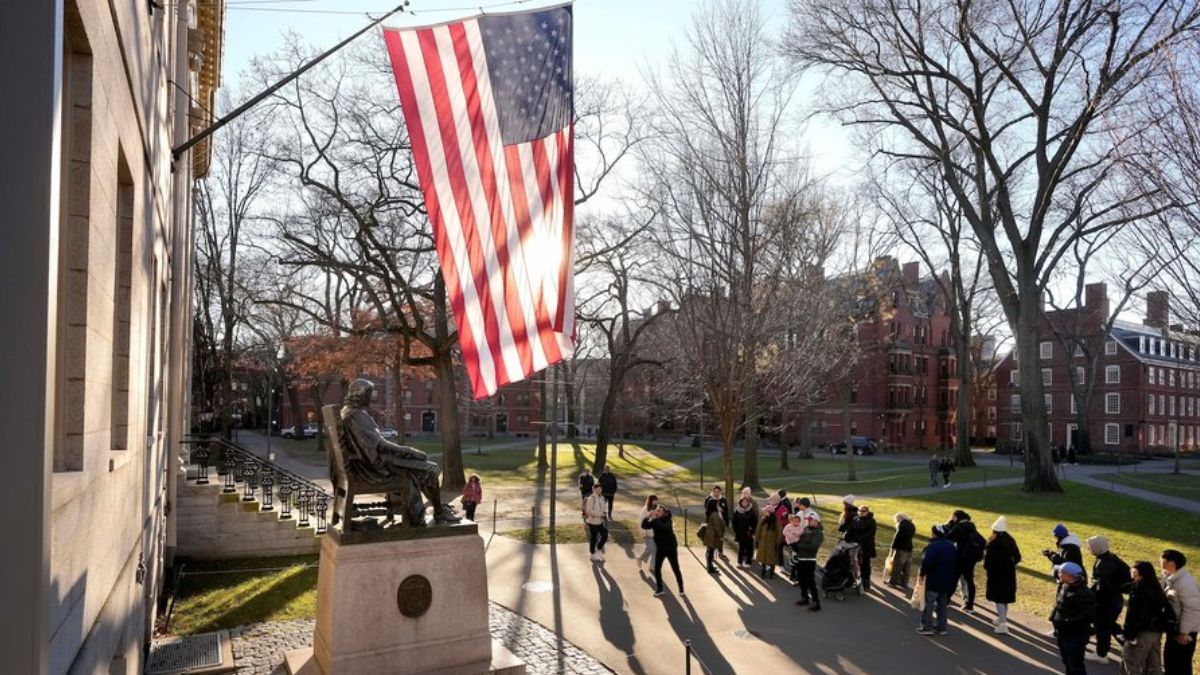 Image credits - The Washington Post
Image credits - The Washington Post
Advertisement
Harvard University has noted a discernible drop in Black student enrollment following the Supreme Court’s recent ruling to ban race-conscious admissions. According to university data released this autumn, the percentage of Black first-year students at the esteemed institution has decreased from 18% last year to 14% this year. This decline comes after a historic decision that effectively ended the country’s use of affirmative action in college admissions.
Harvard’s data reflects broader trends observed across many elite institutions. The Supreme Court’s ruling, which prohibited colleges from considering race as a factor in admissions, was expected to have significant repercussions on campus diversity. While Harvard’s drop in Black student enrollment is less severe than some had predicted, it still underscores the challenges facing institutions striving to maintain diverse student bodies under the new legal constraints.
The decline at Harvard is part of a larger, complex picture of shifting demographics. Asian American representation in Harvard’s class of 2028 remained stable at 37%, while Hispanic enrollment increased from 14% to 16%. Notably, the percentage of students who chose not to disclose their race doubled from 4% to 8%, complicating efforts to fully understand the implications of the Supreme Court’s decision.
Across the higher education landscape, reactions to the ruling have varied. Some schools, like Harvard, Yale, and Princeton, have managed to stabilize or slightly adjust their Black enrollment figures, suggesting that their selection processes may have adapted more effectively to the new legal requirements. Conversely, institutions such as Brown University and Amherst have seen more pronounced declines in Black student representation.
There are significant concerns over the future of campus diversity raised by the decline in Black student enrollment. Opponents of the decision contend that efforts to establish inclusive learning environments are jeopardized by the elimination of affirmative action. However, proponents contend that individual merit should be used to determine admittance rather than race.
Other strategies that Harvard has used to highlight its dedication to diversity include stepping up recruitment efforts and boosting financial aid. The university joined a group of colleges dedicated to recruiting in underprivileged communities and has dispatched admissions professionals to more than 150 locations. It is yet unclear, though, just what these initiatives will accomplish.
As universities navigate this new era of race-blind admissions, they face the challenge of balancing legal compliance with their longstanding goals of fostering diverse and inclusive student communities. The Supreme Court’s ruling marks a significant shift in higher education policy, and its long-term effects on college demographics and diversity remain an area of active scrutiny and debate.
